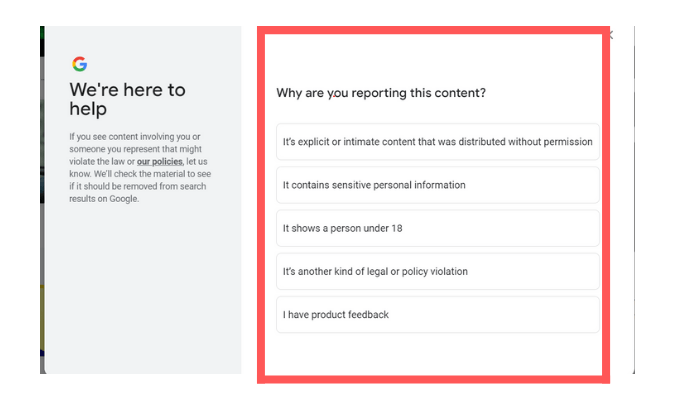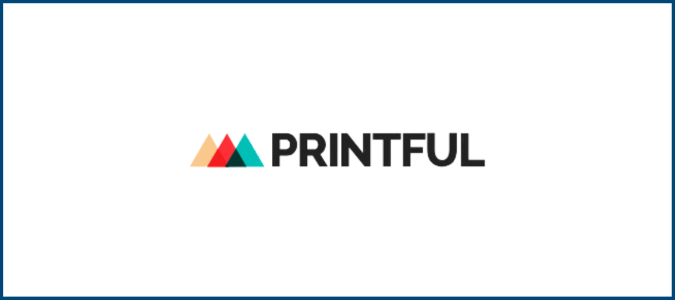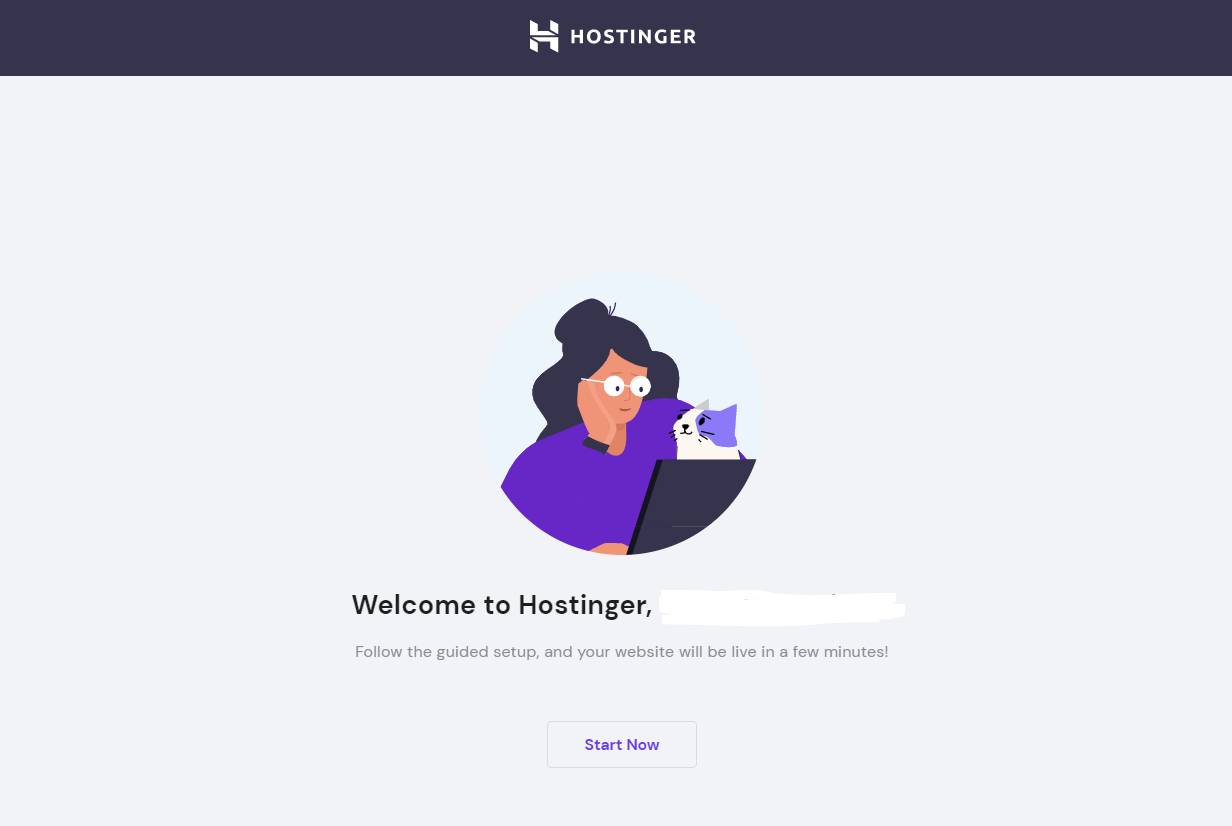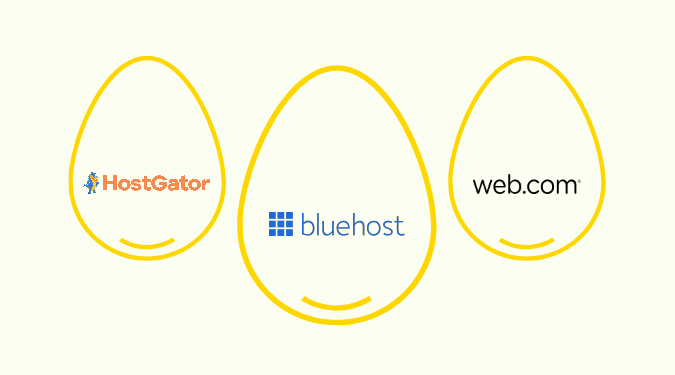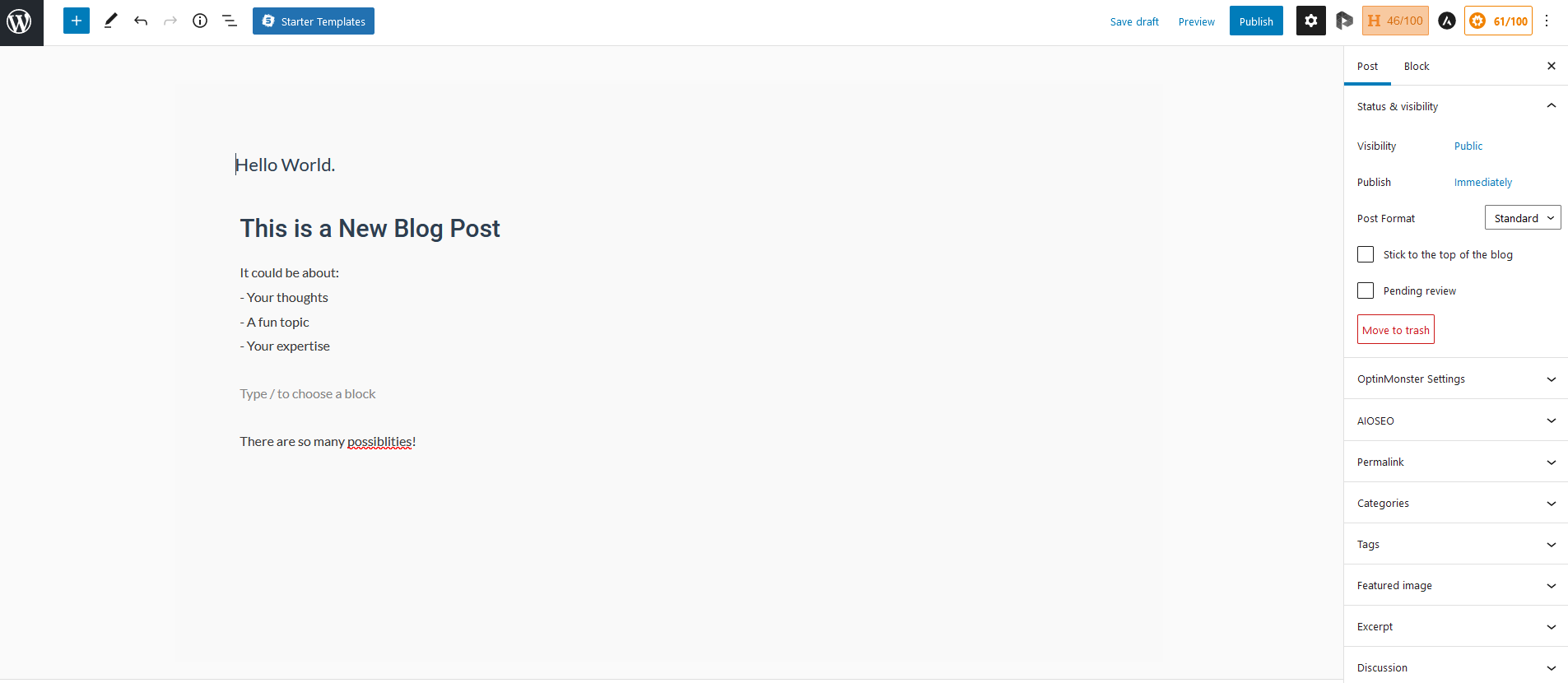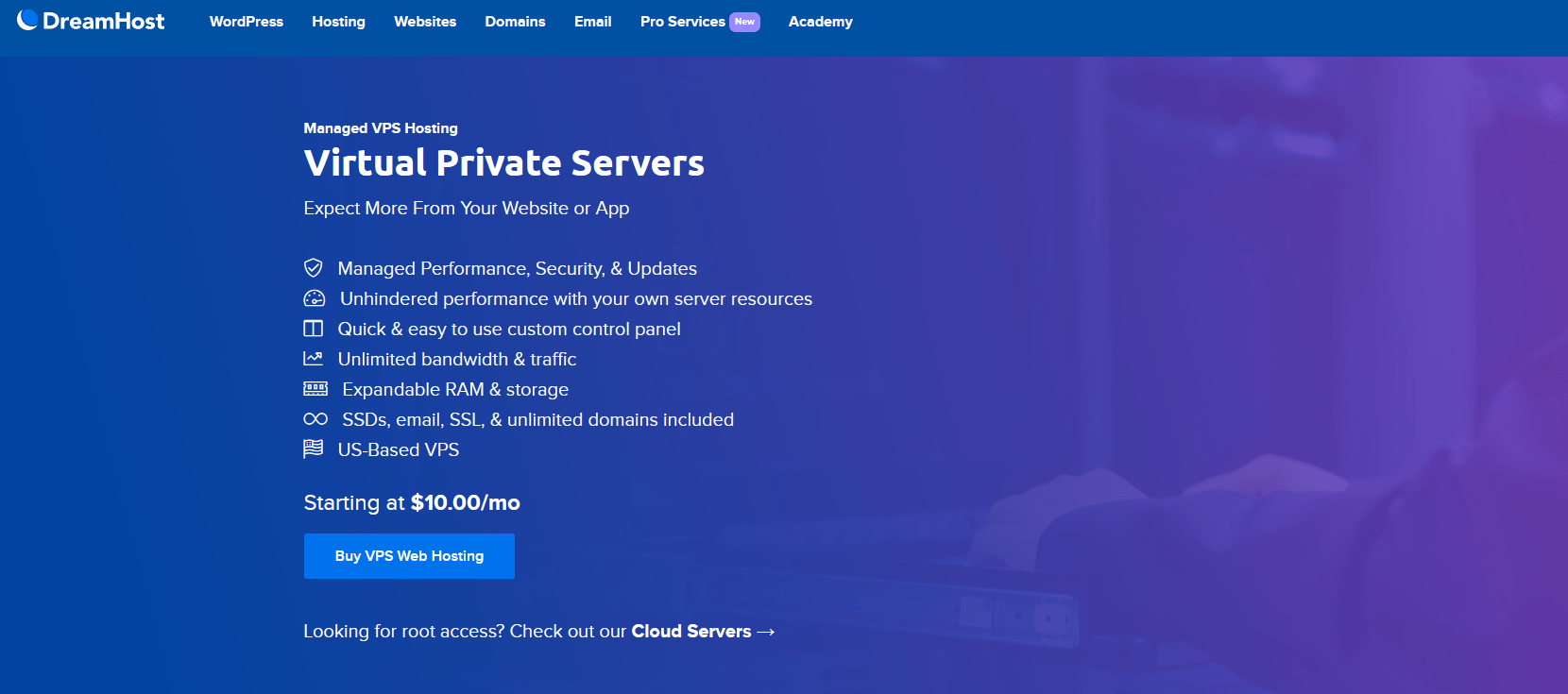Google Ads and Facebook Ads are the two OG online advertising platforms. But who wins in the battle of the tech giants? The answer may not be so simple.
Google Ads is known for its enormous global reach across its channels and partner network. The platform has a variety of advertising options that’ll help you convert interested consumers. Right now you can bag $500 in free ad spend credit when you spend $500 with Google Ads.
Facebook Ads is for those looking to reach browsers where they hang out – on social media. It’s known for its advanced targeting options and abundance of user data.
We’re here to help you choose the best ad provider for your company and your unique needs. As such, we’ll walk you through the strengths and weaknesses of each platform, and show you what kind of use cases each platform is best for.

Google Ads Compared to Facebook Ads
Google Ads and Facebook Ads are able to coexist as hugely popular advertising platforms as they have different benefits and solutions to offer. Here’s a high-level overview of what you can expect from these two major players:
Google Ads Highlights
One selling point of Google Ads is that it offers a variety of ad types to suit different kinds of businesses and multiple objectives. Here are a few examples:
- Search ads to generate leads on the search engine results pages (SERPs)
- Display ads to expand reach via relevant third-party sites
- Shopping ads to increase e-commerce sales
- Maps ads if you have a brick-and-mortar location
Overall, you can use the platform to drive traffic to your website, foot traffic to your location, and inquiries for your business large or small.
But the best thing about this traffic and interest is that it’s qualified. Google is the first place people go before making some kind of purchase decision. At the time of writing, there are on average 105,000+ Google searches per second. So your ads show up precisely when somebody is searching for a new tee, a gardener, a bar to drink at, and so on. You get to grab people with transactional intent when the timing is right.
Another aspect that makes Google stand out among providers is, unsurprisingly, its smart technology. Google’s tech does the hard work of refining the creation, launch, and monitoring of ads for you. Smart campaigns help you choose the best, most relevant keywords to go after; while smart bidding maximizes the return on your advertising spend (ROAS).
Facebook Ads Highlights
Facebook has an enormous social reach. There are approximately 2.93 billion monthly active users worldwide. And given that Facebook is a social media platform, you get access to a different kind of advertising here. It’s a more creative and authentic medium. Modern consumers are ready and willing to discover new products and brands via social media these days.
Though the audience is massive, what makes Facebook Ads truly special is the ability to target users in a granular way based on their demographic information and interests. Facebook Ads is better for targeting niche audiences and casual browsers looking to discover new things. While Google Ads is better for targeting those that are in research mode, actively looking for a business or product.
All in all, it’s not that one advertising platform rules supreme here. Facebook Ads and Google Ads have different strong suits and different use cases, as we’re about to delve into in more detail.
Google Ads vs. Facebook Ads: Pros and Cons
At the end of the day, you need to make an informed decision before you go spending your advertising budget haphazardly. So, let’s take a look at what each platform brings to the table, as well as some of the areas where these platforms fall short:
Where Google Ads Shines
Conversions: Google Search Ads allow you to bag and convert bottom-of-the-funnel users, i.e. those ready to make a decision. Your ads, at the top of the search engine results pages, send qualified traffic to a landing page.
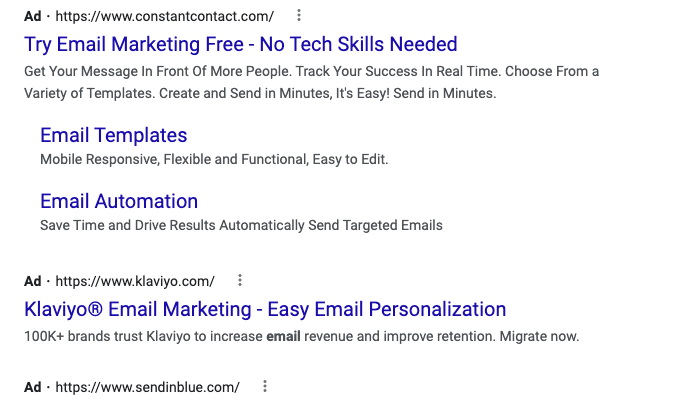
There you’ll make an enticing offer or convince visitors with a super relevant solution to what they were searching for. Facebook Ads is generally more useful for targeting top-of-the-funnel users or casual browsers to raise awareness. But with Google Search Ads you’re more likely to convert a user quickly.
Reach: Google’s vast Display Network helps you reach potential customers across all corners of the web and raise brand awareness. Network partners comprise a whopping 35 million websites and apps worldwide. You’re able to reach the most relevant audiences within the network by creating audience segments that comprise those most likely to be interested in your offering. There’s also the opportunity to use your data to re-target and re-engage existing customers with display ads.
Tech and Tools: Google Ads is packed with tools that ensure the success of your campaigns. For instance, tons of marketers and advertisers use Keyword Planner to inform their campaigns. Furthermore, smart campaigns require minimal ongoing work as Google optimizes when and where the ad is shown across Google’s channels to get the best results for you.

This gives you time to focus on other aspects of running your business such as providing meaningful customer interactions. Users also love the fact that Ads integrates with Google’s other platforms and tools such as Google Analytics, Tag Manager, and Optimize. It gives you access to a powerful set of software.
Local Business: Google Ads Express is a simpler, pared-down version of Google Ads that caters to smaller businesses with smaller budgets. All you need to do is input some basic information and Google takes care of the rest. It makes it easy for local businesses to get to grips with the advertising platform. You can display your ads on Search and Maps. For instance, if you have a brick-and-mortar store you can drop a marker, set a radius, and everybody that searches for the product you sell in that area will see your ad.
Where Google Ads Needs Improvement
Cost: Google Ads is generally considered a more expensive advertising platform. Given its popularity, there’s a lot of competition for keywords. This, of course, raises bids. The advertising costs are particularly high for certain industries. For instance, the legal, finance and insurance, and technology categories have a higher average cost per click. By comparison, Facebook ads are cheaper to run generally. But bear in mind that clicks on Facebook ads may be less likely to lead to conversions. And in some instances a higher ad spend makes sense. Companies that sell expensive, luxury items or subscriptions may find the return on ad spend (ROAS) worth it.
Customer Support: Google uses AI for its approval process. This means that many users find their ads are mistakenly disapproved and blocked by Google. For instance, a bot wrongly flags an ad as containing something that isn’t allowed such as betting content. Users also find it extremely difficult to remedy this issue with customer support. It’s hard to get a hold of a human at Google and it can take days to resolve an issue which of course means potential financial losses. And when users do speak to human customer support agents, these reps tend to read from scripts rather than delve into the problem at hand.
Setup and Maintenance: Unless you use Express, it can be both difficult and time-consuming to create and launch ads. You need a lot of knowledge and skill to make the most of Google Ads campaigns. Thus, companies often find they need to employ a consultant or agency to take care of their ads. Furthermore, Google often updates the platform making it difficult to navigate the dashboard and find what you’re looking for in a new layout.
Where Facebook Ads Shines
Data: Meta continues to collect lots of data on its users. People share everything from their marital status to their love for Nicolas Cage on Facebook. This is useful if you have a niche audience and/or your marketing centers around life events. For example, your target audience consists of new parents. Google Ads work according to contextual information such as location, behavior, and most importantly keywords. They don’t have a cache of information on users like Facebook does.
User Targeting: The platform’s Lookalike Audience tool is perhaps the standout feature. It lets you target users similar to your existing audience.

You create a source audience based on information such as demographics, behaviors, and interests. Then Facebook uses its data to serve ads to users with similar characteristics. In other words, those most likely to be interested in what you have to offer.
Ad Creative: Facebook has many more engaging and interactive options than Google where ad creative is concerned. If your product or branding demands strong visuals then Facebook is the better option. For instance, you can create 360 videos, dynamic ads that contain real-time data or information e.g. sports results, full-screen “Instant Experiences”, and many more ridiculously unique ads.

Meta has a catalog of creative partners that know how to combine art and tech to create these kinds of visuals. And its Mobile Studio is essentially a creative school that teaches you how to make your own ads from scratch.
Lead Generation: Another useful type of ad you can deploy on Facebook is a Lead Ad. These place forms directly in users’ newsfeeds meaning that they don’t have to leave the social media platform to input or request information. This creates a smooth and seamless user experience. As part of these ads, potential customers can request more info or even book an appointment. And you can integrate your CRM to send the results straight to your sales reps automatically. Thus, you can collect more leads easily.
Where Facebook Ads Needs Improvement
Setup: Facebook Ads isn’t a plug-and-play solution. A lot of work needs to be done and milestones achieved before you can begin launching your ad campaigns. For instance, you need to be active on Facebook with an engaged audience for your business page. Or else Facebook may consider your ads spam. Furthermore, you need a solid source audience of 1,000+ users before you create lookalike audiences. Technically, it’s possible to create a lookalike audience with fewer source users. But there won’t be enough data to implement targeting effectively.
Trust: Facebook has been criticized over the years for misreporting metrics. In one case, this was down to a technical error. But in another case they were shown to be inflating video advertising metrics, encouraging advertisers to spend more money. The company has also been accused of overstating its “potential reach” metric in order to gain more revenue. Facebook has in some cases denied allegations and in others made moves to remedy them.
Demographics: On the one hand Facebook does have a large reach. Yet, it seems to be within certain demographics. 25-34 year-olds represent the age group that uses Facebook the most in the US, for instance. By contrast, Google isn’t popular with one particular age group or another; everybody uses Google. Usage of Facebook is also down with the rise of other platforms like TikTok. It’s not the trendiest of social media channels anymore, so you may want to research other options for your audience.
The Last Word on Google Ads Compared to Facebook Ads
The ad platform you choose largely depends on your objectives, audience, and budget. Google Ads is the more expensive option. But this still makes sense for companies with high-ticket items that are looking to make conversions. Facebook Ads on the other hand is more about capturing attention with creative ads and spreading the word about your products or services.
But what’s stopping you from combining the two platforms as part of your ads strategy? After all, there are multiple touchpoints in the consumer journey these days. You can use Facebook to raise brand awareness or draw attention to new products or offers. Then, use Google to target those later on in the customer lifecycle when they’re ready to buy.

